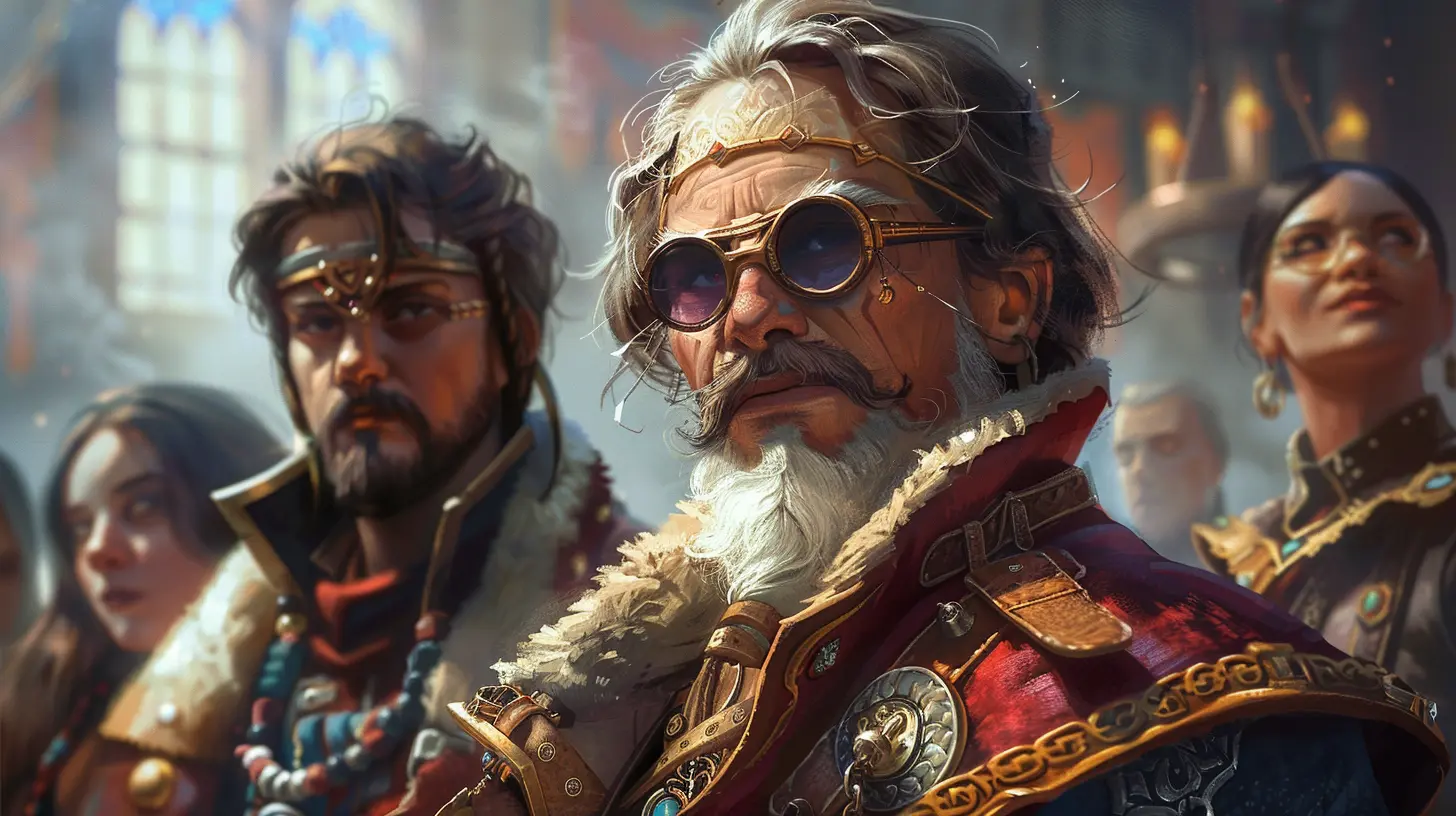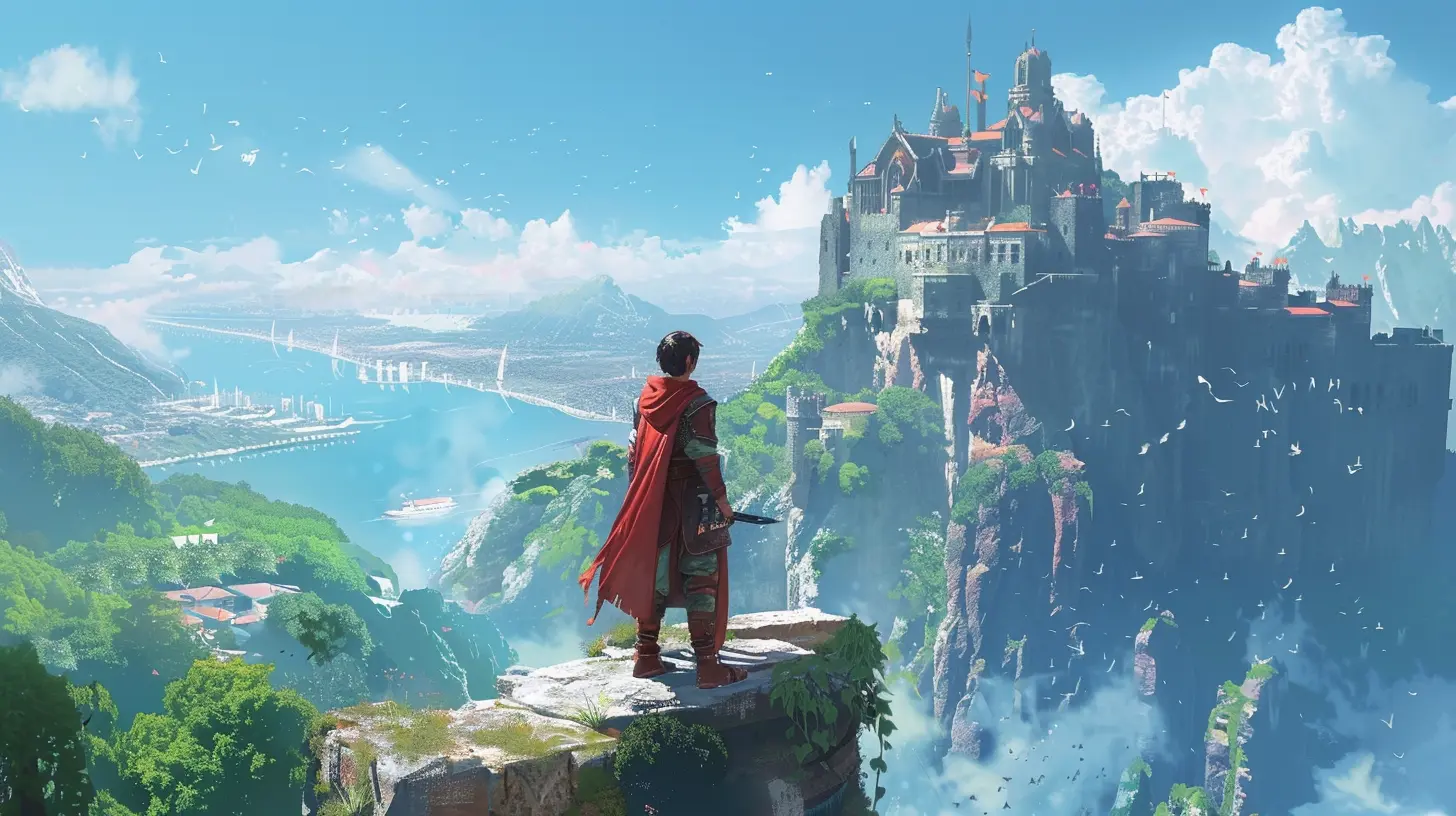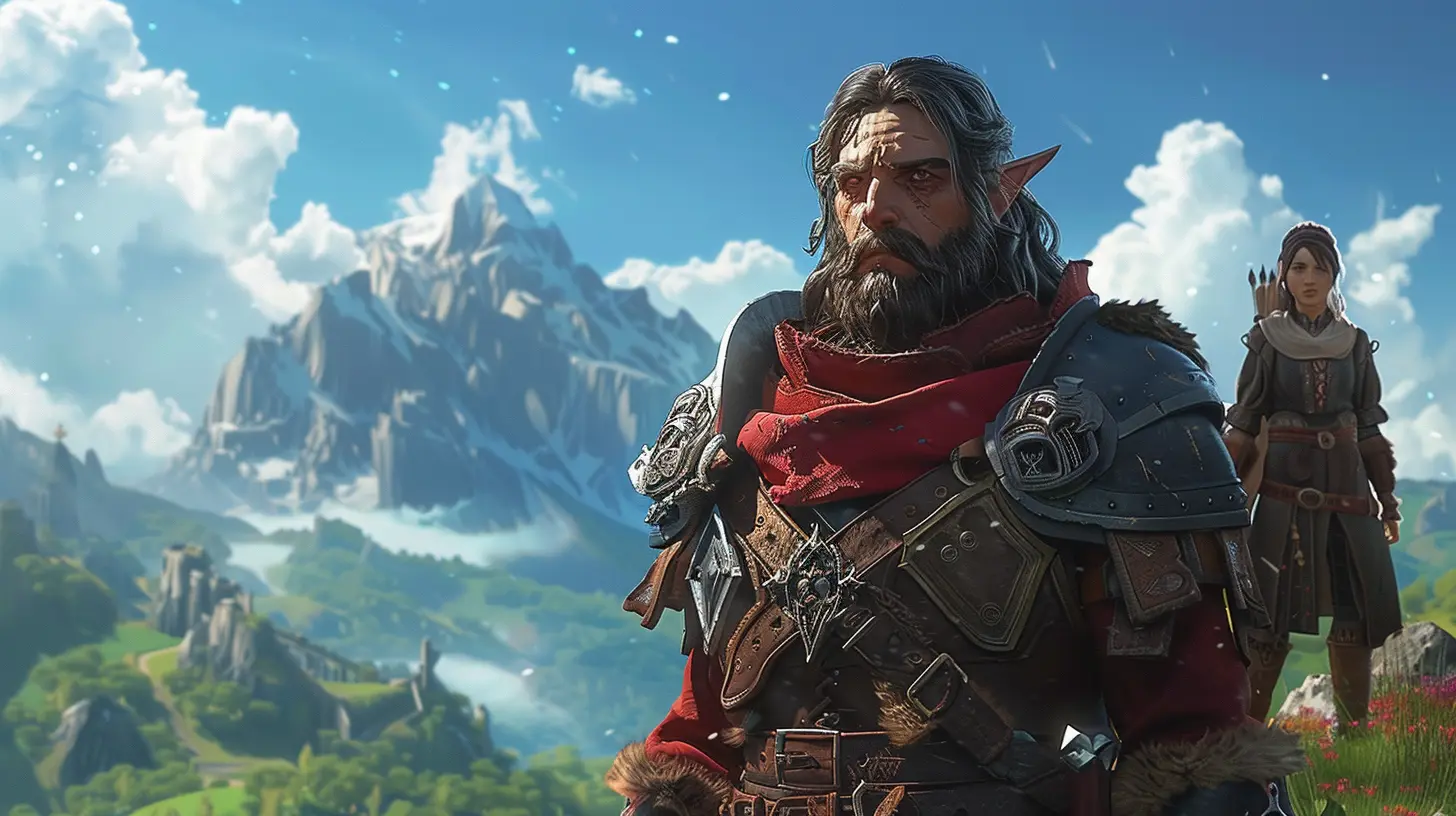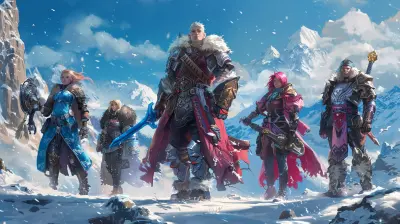The Impact of Race and Class in Build Optimization
28 August 2025
In the world of RPGs (Role-Playing Games), there’s one debate that never dies—how much do race and class really matter when you’re optimizing a build? Whether you're climbing the competitive ladder in an MMORPG, min-maxing in a tabletop game like Dungeons & Dragons, or grinding through a single-player RPG, choosing your character's race and class combo can make or break your entire strategy.
Let’s be real—if you've ever found yourself stuck between picking an elf sorcerer or a dwarf barbarian because you weren’t sure which one would squeeze out those extra few damage points, you're not alone. Race and class impact your stats, skills, abilities, and sometimes even how the story unfolds around your character. So yeah, it’s kind of a big deal.
In this article, we’ll break down how race and class affect build optimization, what to prioritize, and how to make choices that match your playstyle (and not just the meta).
What Is Build Optimization Anyway?
Before we dive into the nerdy stuff, let’s make sure we’re on the same page. Build optimization is all about crafting the most efficient, powerful version of your character. That means fine-tuning everything—from your stat allocation and gear choices to skills, talents, and yes, race and class.Think of it like tuning a sports car. You wouldn't throw monster truck wheels on a Ferrari, right? Same goes for builds. Everything needs to work together.
The Role of Race in Build Optimization
Racial Traits Can Be Game-Changers
Different races come with unique bonuses, resistances, and perks. In games like Skyrim, elves get faster magicka regeneration, orcs go beast mode with their Berserker Rage, and Argonians can breathe underwater. That’s not just flavor text. Those perks directly affect how you play.For example, if you’re planning a stealthy assassin build, picking a Khajiit in Skyrim who has a bonus to sneak makes way more sense than going with a Nord. You’ll be smoother than a ninja in socks on a waxed floor.
In D&D 5e, racial features are even more crucial. Want to be a dex-heavy rogue? A lightfoot halfling fits like a glove. Need someone with innate spellcasting for a warlock or sorcerer? Tiefling or drow might be your best bet.
Stat Bonuses That Align with Class Needs
Most races offer stat boosts that align naturally with certain classes. For instance:- Elf: Often gets bonus Dexterity – perfect for archers, rogues, even some rangers.
- Dwarf: Extra Constitution and Strength – your go-to tank or melee bruiser.
- Gnome: Intelligence boost – great for wizards who rely on that high IQ.
- Human (varies widely): Jack-of-all-trades – if you want flexibility, humans are a strong pick.
Sure, some modern systems offer more flexibility, and there’s been a push to decouple race from stat bonuses (which we’ll get into later). But if you're playing a game where racial stats still matter, ignoring them is like trying to sprint while wearing flip-flops.
Passive Abilities and Starting Skills
Beyond stats, some races come with clutch passive abilities. Night vision, elemental resistances, bonus languages, or automatic proficiencies can open up gameplay options you otherwise wouldn't have.For example, a drow’s darkvision can be a literal lifesaver in dim environments. Paired with a stealthy class, you get a ghost in the shadows.
The Class Equation: What Role Do You Want to Play?
Now that we’ve covered race, let’s talk about classes. A class defines your playstyle. Are you the in-your-face brawler? A backline spellcaster? A sneaky assassin? A healer? Each class has its strengths, weaknesses, and specific needs in terms of stats and gear.Class Determines Combat Style and Utility
Every class comes with its own set of tools—combat abilities, spell access, mobility, and even dialogue options in some RPGs. Picking a class isn’t just choosing your weapon; it’s choosing your role in both combat and story.Here's a quick breakdown:
- Warrior/Barbarian: Melee-focused, tough, deals high physical damage. Needs Strength and Constitution.
- Rogue/Assassin: Stealthy, agile, critical-hit machine. Needs Dexterity.
- Mage/Wizard/Sorcerer: Glass cannon spell slinger. Needs Intelligence or Charisma.
- Cleric/Druid/Paladin: Healers and hybrid supports. Needs Wisdom or Charisma.
- Ranger: Versatile ranged attacker with pets or traps. Needs Dexterity and Wisdom.
Each class thrives under certain conditions. If you don’t pair your class with a race that supports its core strengths, you’ll be setting yourself up for a rough time.
Synergy Is Everything: Race + Class Combos That Crush
The real magic (pun intended) happens when your race and class complement each other. This is where build optimization levels up.Let’s look at some killer combos:
1. Half-Orc Barbarian (D&D 5e)
- Why it works: Half-Orcs get bonuses to Strength and Constitution, perfect for a Barbarian who needs to hit hard and tank damage.- Bonus perk: "Relentless Endurance" lets you avoid being dropped to 0 HP. Combine that with a Barbarian’s Rage, and you’re nearly unkillable.
2. High Elf Wizard
- Why it works: High Elves get a bump to Intelligence and an extra cantrip. More spells = more options.- Bonus perk: Long lifespan and lore-rich background make for deep role-play.
3. Dark Elf Rogue
- Why it works: Dexterity bonuses plus racial stealth abilities? That’s your classic shadowy assassin right there.4. Dwarf Cleric
- Why it works: Constitution boost supports durability, while Wisdom helps power spells. Dwarves also have great resistance against damage and poison.5. Tiefling Warlock
- Why it works: Natural Charisma boost and fire resistance plays well with the Warlock’s spellcasting and hellish origins.Meta vs. Roleplay: Optimization or Backstory First?
Now here’s the age-old question: Should you choose a race + class combo because it’s strong... or because it fits your character concept?Honestly? Do both.
Yes, optimization matters—especially if you want to survive and thrive at high levels. But don't ignore the fun in roleplaying a quirky combo. Want to be a halfling barbarian who fights angry because people keep calling him “cute?” Go for it. Just know you might need to work harder to make your build shine mechanically.
You can often make a non-optimal race/class combo work if you’re strategic with your feats, spells, or equipment. It just takes more effort and creativity.
The Evolution of Racial Balancing
A quick detour into game design...There’s been a lot of chatter in recent years about racial bonuses and how they can unintentionally promote certain stereotypes or limit creative freedom. Some modern RPGs (looking at you, D&D 5.5/One D&D) are moving toward a more flexible system where you choose your ability boosts regardless of race.
That’s great for diversity and storytelling, but it changes how build optimization works. Under the new system, you can basically pick any race and still build the ideal class because you’re not locked into baked-in stat bonuses.
So, while racial synergies still matter (for features, resistances, etc.), optimized builds now rely more on player choices rather than rigid systems.
Tools of the Trade: Optimizers and Simulators
If you’re serious about squeezing every ounce of power from your build, you’ll want to check out build simulators and character optimization tools. Sites like DnD Beyond, Path of Building (for PoE), and Destiny 2’s loadout manager let you tinker with theorycrafting and preview how race/class combos play out.But remember: Numbers don’t tell the full story. Test your builds in actual gameplay. Sometimes a build that looks great on paper ends up being clunky or boring to play.
A Word on Min-Maxing
Min-maxing is the practice of minimizing your weaknesses and maxing out your strengths. In the context of race and class choices, it’s about leaning into racial bonuses and class abilities that feed off the same stats.But beware—min-maxing can sometimes kill creativity. If your party is nothing but optimized clones of meta builds, you’ll lose that spicy variety that makes RPGs fun. Try to find balance. Play what you love, not just what hits the hardest.
Final Thoughts: Build Optimization Is a Balancing Act
Race and class choices aren’t just the foundation—they’re the blueprint of your character’s build. Get them right, and everything else falls into place. Get them wrong, and you’re swimming upstream with weights on.That said, optimization doesn’t have to come at the cost of fun or story. A good build is like a well-tailored suit—it fits great, functions better, and still lets you shine. Whether you’re rolling dice or slaying dragons in virtual realms, make smart choices that elevate your gameplay experience.
So, next time you're at that character creation screen or scribbling down stats, don’t just pick what looks cool. Think about how race and class shape your build’s future. You’ll thank yourself later.
all images in this post were generated using AI tools
Category:
Character BuildsAuthor:

Francesca West
Discussion
rate this article
1 comments
Viviana Roth
Optimizing builds through the lens of race and class enriches gameplay, fostering deeper connections and understanding within diverse player communities.
August 30, 2025 at 3:00 AM

Francesca West
Thank you for your insight! I agree that considering race and class in build optimization can create more meaningful interactions and enhance the overall gaming experience.


